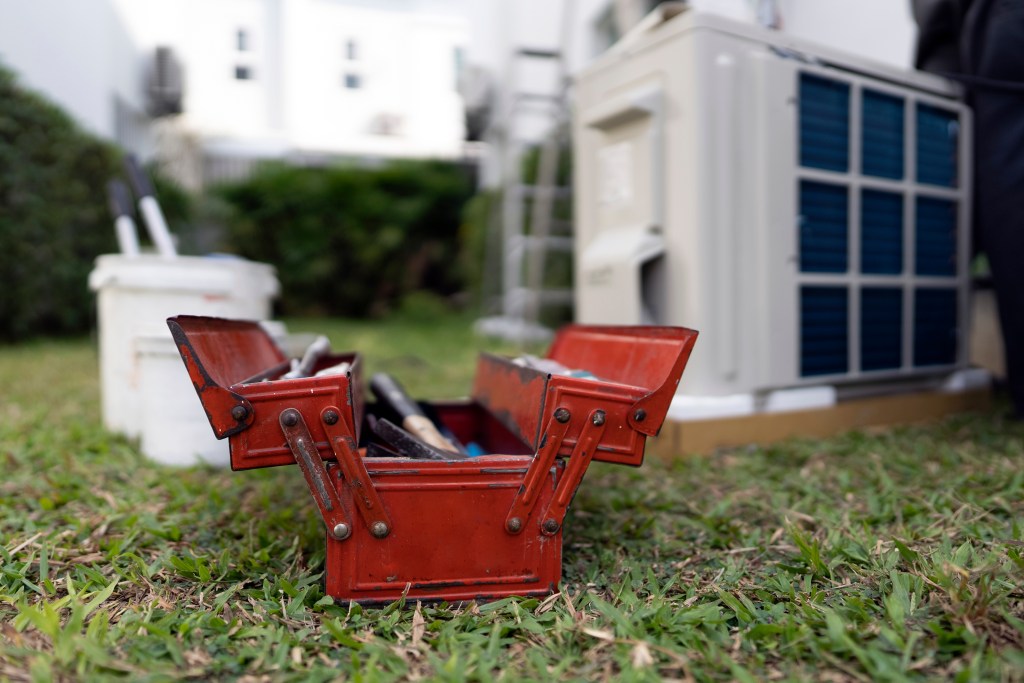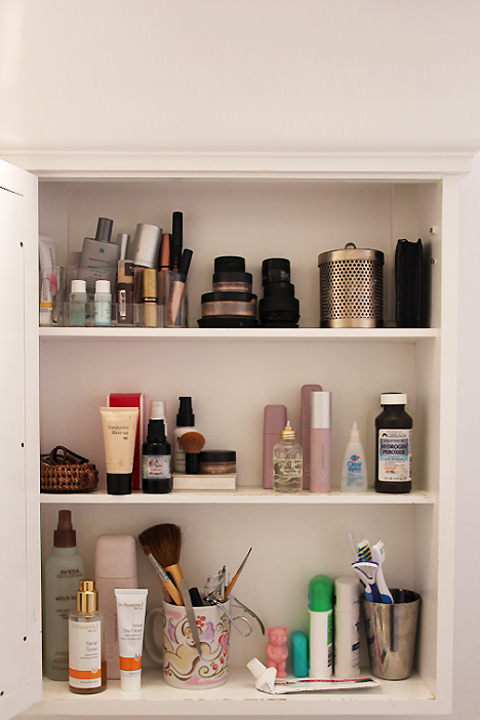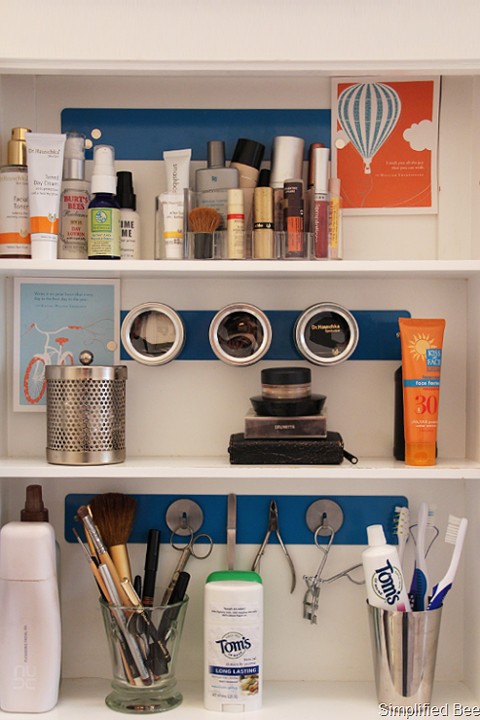Like this easy hack: coat paint brushes in fabric softener to keep bristles soft.

- A DIY painting job doesn’t have to equal crooked lines, besmirched floors, and ceramic sinks speckled with robin’s egg blue.
Use these easy painting hacks, to make the process faster and less messy — and ensure a fresh, modern look for your home.
#1 Soak Brushes in Fabric Softener to Keep Brushes Soft
Every DIY painter has been privy to the horrors of a day-old brush with stiff bristles that makes round two nearly impossible. Try this painting hack instead:
To keep paint brushes soft:
- Rinse thoroughly (no soap).
- Mix half a cup of fabric softener with a gallon of warm water
- Swish brushes in the mixture for 10 seconds or so.
- Lay them flat or hang them on a peg for overnight storage.
“That way, the bristles won’t develop a bend and will retain their usefulness for your next painting adventure,” says Artem Filikov, vice president of marketing and product development for home improvement website HomeYou.
Also, there’s no need to rinse before using. The softener actually helps distribute paint more smoothly.Sweet!Popular Reads
#2 Use Plastic Wrap to Prevent Mishaps
When painting around a large, awkward item you want to keep clean, like a toilet or a standalone sink, use this painting trick from the pros: surround it with plastic wrap to keep drips from destroying its finish.
For an extra tight wrap, choose a wrap with an adhesive backing — your hardware store will even carry special painter’s plastic wrap, if you really want to go all out — which will help it stick to the surface and prevent the odd drop from inching its way in. Once you’ve finished the job, just unwrap for a paint-free finish.
#3 Use Vanilla and Lemon Extracts to Reduce Paint Odor
Paint’s intense odor can get really old really fast. Overpower it with a little bit of vanilla.
Although there are vanilla-scented products specifically designed to use with paint, you can get the same effect with what’s in your kitchen cabinet.
For darker paints, add a couple drops of vanilla extract (artificial is fine) per gallon to reduce the nasty smell and keep your room smelling sweet for weeks to come.
Because you don’t want the tint of vanilla to ruin the color of your paint, swap it with lemon extract for light-colored paints.
#4 Repurpose Old T-Shirts as Rags to Reduce Waste
Painting’s a messy job, but using roll after roll of paper towels is neither efficient nor environmentally-friendly.
And while you could pick up a mega-pack of plain cotton towels to keep paint from splattering, why not use something you can find stuffed at the back of a drawer?
Run petroleum jelly along the seals of your doors and windows to prevent them from sticking.
Geoff Sharp
Professional painter
Geoff Sharp, the owner of Sharper Impressions Painting Co., recommends cutting up old T-shirts to use as rags, saving money and resources (not to mention a trip to Goodwill).
“If paint runs down your roller or brush, it gets really messy, really quick,” he says. “Always have a rag in your pocket so you and your brush or roller stay clean.”
#5 Keep Q-tips Handy for Mistakes
Oh no! A drop of Naples Sunset just splashed on your white window frame. You’ve only got a few minutes to clean up the mess before your mistake is sealed for eternity.
That’s where Q-tips come in handy. Just stash some in your pocket for these types of emergencies.
Here’s another use for that pile of cotton swabs tucked in your jeans pocket: Use them to touch up imperfections on newly-painted walls without dirtying an entire paintbrush.
#6 Put Petroleum Jelly on Small Spots You Don’t Want Painted
A little bit of Vaseline can go a long way toward keeping your paint job clean.
Using a Q-tip (another reason to keep them handy), go over all the bits and pieces you don’t want painted, like screws or hinges. With the petroleum jelly applied, even an accidental slip won’t leave you heartbroken.
Here’s another tip for a hassle-free paint job: “Run petroleum jelly along the seals of your doors and windows to prevent them from sticking,” Sharp says.
#7 Use a Hair Dryer on Painter’s Tape for Easy Removal
Painter’s tape is supposed to make your paint job easier and stress-free.
But when strips of perfect paint peel off along with the adhesive — or you just can’t get the darn tape to come off at all — you might feel like you wasted your effort.
To help stubborn painter’s tape get a move on, turn a hair dryer (low heat only) toward your handiwork.
Holding it about three inches from the wall will help soften the adhesive and ensure an even line, making removal a stress-free affair — and ensuring you keep that dreamy, crisp paint line.
“Visit HouseLogic.com for more articles like this. Reprinted from HouseLogic.com with permission of the NATIONAL ASSOCIATION OF REALTORS®.”






























